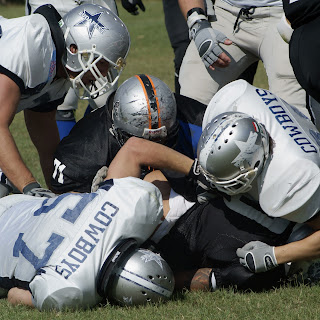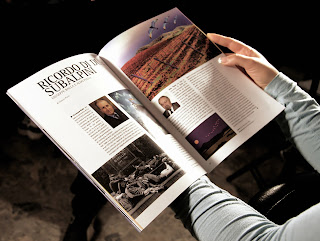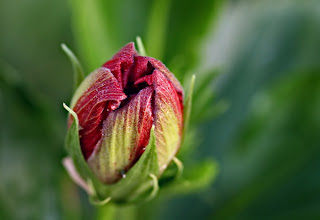PAALAM SA PAGKABATA
(KUWENTO/CEBUANO)
Salin ni Nazareno D. Bas sa
"Panamilit sa Kabantanon ni Santiago Pepito
Pangkat I
Wala akong nakikitang pagbabago. Tulad nang nagdaang mga madaling-araw: ang ginaw, katahimikan, dilim-iyaon din ang bumubuo ng daigdig ng aking kamalayan. Maraming bagay ang dapat mailarawan. Ngunit alam kong iisa lamang ang kahulugan ng mga iyon. Alam ko.
 |
| Purple roses. |
Sa kabilang silid, sa kuwarto nina Nanay at Tatay, naririnig ko ang pigil na paghikbi. Umiiyak na naman si Nanay. Ang sunud-sunod na paghikbi ay tila pandagdag sa kulungkutan ng daigdig. Napabuntung-hininga ako. Umiiling-iling. Hanggang ngayon hindi ko pa nakikita ang tunay na dahilan ng damdaming iyon na matagal nang umalipin sa kanya.
Walang malinaw sa aking isipan. Mula sa aking pagkamulat ang pagkainip ay kakambal ng aking buhay. Sa aking pag-iisa di ko maiwasan ang pangarap na magkaroon ng batang kapatid na nag-aangkin ng mabangong hininga at taglay ang ngiti ng isang anghel. Ngunit ang damdamin ko'y tila tigang na lupang pinagkaitan ng ulan.
Maliwanag na ang silangan nang ako'y bumangon. May bago na namang umaga. Ngunit ang tanawin sa bahay ay walang pagbabago. Tulad ng dati, nakikita ko si Nanay na nakaupo at nag-iisip sa may hagdanan. Nakatitig siya sa sampayan ng lambat ni Tatay. At madalas ang kanyang pagbubuntong-hininga.
Matagal ko nang nakikita ang sampay na lambat. Ngunit hindi ko nakikitang ito'y ginagamit ni Tatay. Noon ay walang halaga ito sa akin. Nagsimula ang pagpansin ko sa lambat noong ito'y itinapon ni Nanay mga dalawang taon na ang nakakaraan. Galit na galit si Tatay sa ginawa ni Nanay. Pinagbuhatan ni Tatay ng kamay si Nanay. Pagkatapos ipinabalik kay Nanay ang lambat sa sampayan.
"Hanggang ngayon ba'y hindi ka pa nakakalimot, Tomas? Alam ng Diyos na wala akong kasalanan. Ang kanyang ginawa ang siya mong ginawa tuwing ikaw ay darating sa madaling-araw. Ang kanyang amoy ay siya ring amoy na galing sa dagat. Magkatulad ang inyong ikinikilos. Sino ang hindi mag-aakala na siya ay hindi ikaw? Huli na nang malaman ko ang katotohanan. Huli na nang siya ay aking makilala. Totoong lumigaw siya sa akin. At mula noon ay alam mo iyon. Ikaw ang aking iniibig, Tomas. Kailan mo pa malilimutan ang nangyari?"







